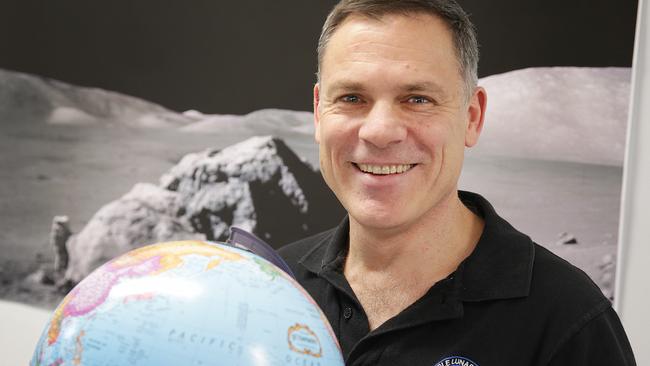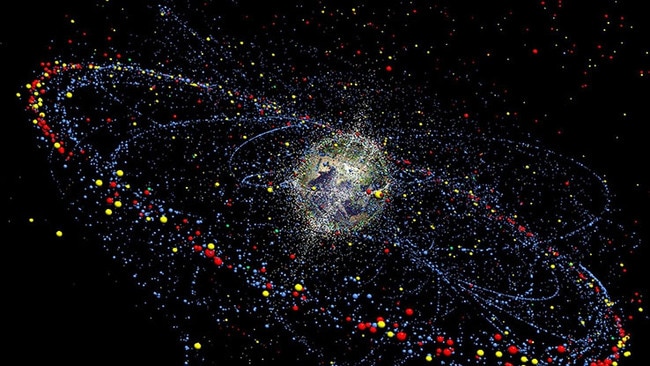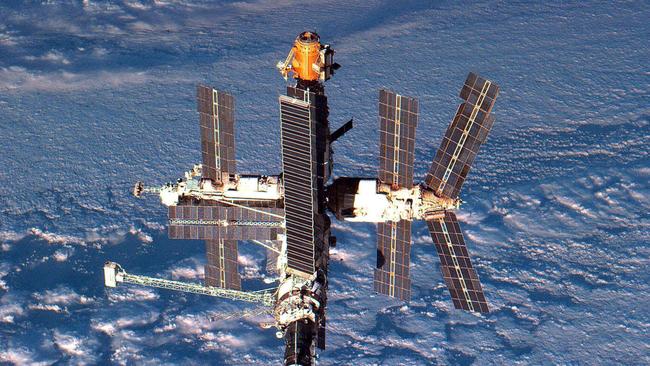Industrial Sciences Group: North Sydney firm on mission to stop satellites colliding with ‘space junk’
Helping satellite operators avoid thousands of pieces of fast-moving space junk orbiting earth is the mission of a north shore based company after receiving funding from Australia’s new space agency.

North Shore
Don't miss out on the headlines from North Shore. Followed categories will be added to My News.
- North shore chiropractor appeals ban after indecently assaulting patient
- Neighbours at war: Tech pioneer in building works payout
A north shore company has been appointed by Australia’s new space agency to develop groundbreaking software aimed at reducing the risk of satellites colliding into thousands of pieces of space junk and other debris orbiting earth.
New methods supporting satellite operators to assess the risks of man-made debris and other satellites are being developed by a specialist team of mathematicians and astrodynamicists at Industrial Sciences Group in North Sydney.
Space debris, also known as “space junk”, consists of objects from previous space missions that can travel up to speeds of 28,000km per hour – about seven times faster than a moving bullet.
And if you thought the traffic on the north shore was bad, scientists estimate there are more than 500,000 pieces of junk currently circling the globe – presenting major collision risks for the 2200 active satellites in low orbit.

Industrial Sciences Group Managing Director David Shteinman said under current systems satellite operators often face uncertainty determining when and if a collision with junk occurs.
He said the development of a new system could enable operators to reduce the amount of fuel required to dodge debris, along with additional savings in time and effort.
“Even if something as small as a screw or a fleck of paint collides with a satellite, because of the speed it’s travelling it can break the satellite apart and create even more junk and debris,” he said
“(Currently) there’s no global approach to assess the probability of a collision occurring and given there’s no highway police or petrol stations in space the new method will help operators determine risks and reduce costs.”

Mr Shteinman hopes a prototype of the new system will be up and running for testing by NASA next year.
Despite Australia’s relatively new nationally-funded foray into the space race, he is confident ongoing advancements in the field can be reached on home-soil
“We’ve got a lot of high quality engineers and scientists in Australia that have been under-utilised and we also have a huge landmass that makes us ideal for space observations from the southern hemisphere,” he said.
“We’re probably not going to be launching our own large-scale space missions, but were very good at developing a lot of support systems that can be used by agencies around the world.”
Industrial Sciences Group has previously worked on trajectory simulations and tracking data analysis for several lunar missions including the Beresheet Lunar mission that landed on the Moon in 2019.
The Australian Space Agency, which granted the company funding to develop the software this month, said the technology has the potential to “be a major contributor to space traffic management” and create a decision support tool for operators.
The agency said avoiding space junk was also important for national security purposes due to satellite damage which can disrupt credit card transactions, weather and climate monitoring.

